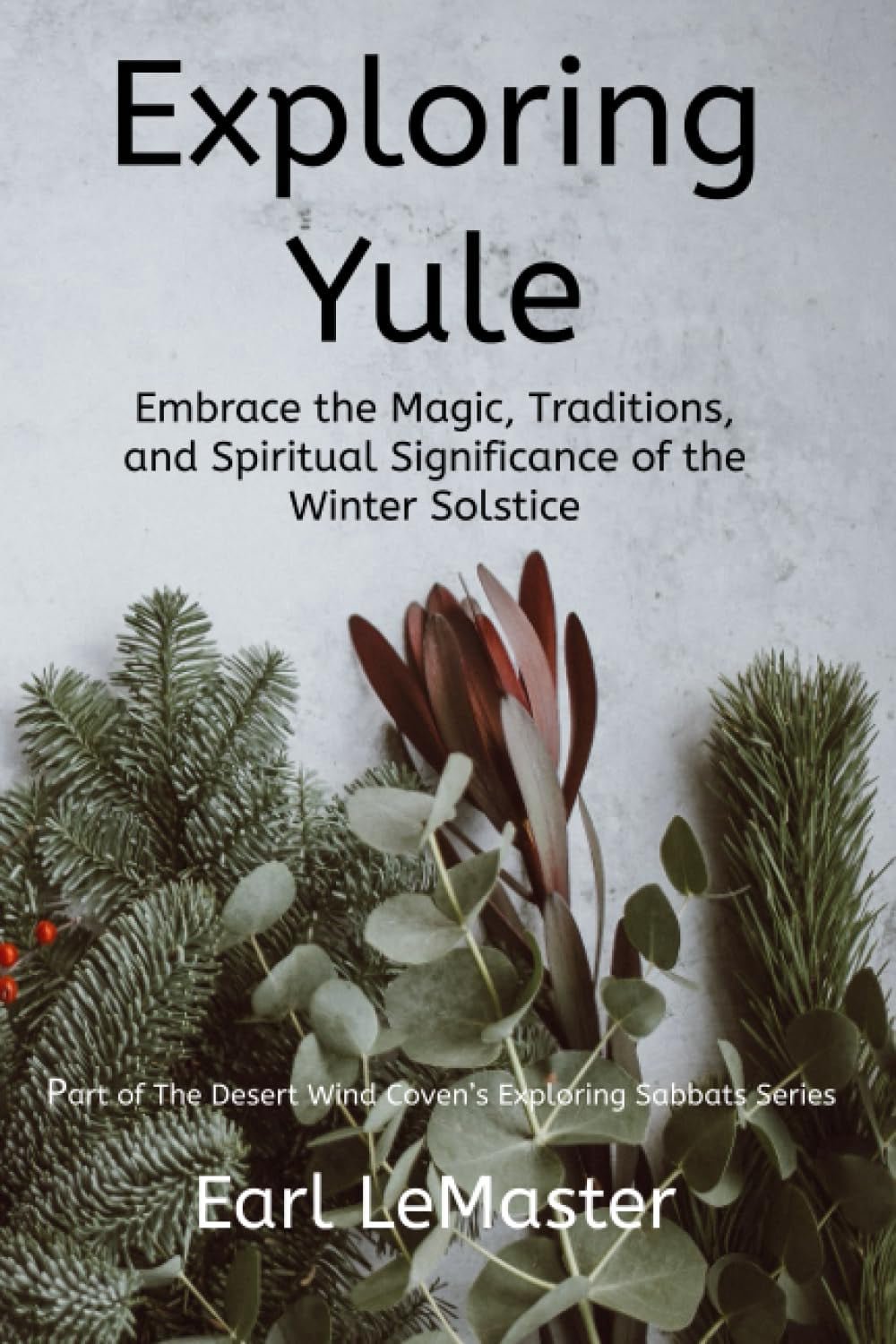Copyright © 2008 Gray Seal
As the Wheel of the Year turns once more, the days get shorter, the skies become gray, and it seems as though the sun is dying. In this time of darkness, we pause on the Solstice (usually around December 21st, although not always on the same date) and realize that something wonderful is happening.
On Yule, the sun stops its decline into the south. For a few days, it seems as though it’s rising in exactly the same place… and then the amazing, the wonderful, the miraculous happens. The light begins to return.
The sun begins its journey back to the north, and once again we are reminded that we have something worth celebrating. In families of all different spiritual paths, the return of the light is celebrated, with Menorahs, Kwanzaa candles, bonfires, and brightly lit Christmas trees. On Yule, many Pagan and Wiccan families celebrate the return of the sun by adding light into their homes.
A tradition followed by many Pagan, and non-Pagan, families, is the custom of lighting the Yule log. This is a graphic representation of the rebirth of the God within the sacred fire of the Mother Goddess.
If you choose to burn one, select a proper log (traditionally of oak or pine). Carve or chalk a figure of the Sun (such as a rayed disc) or the God (a horned circle or a figure of a man) upon it, with the Boline, and set it alight in the fireplace at dusk on Yule.
As the log burns, visualize the Sun shining within it and think of the coming warmer days.
Historical Origins
The Yule log has frequently been associated with having its origins in the historical Germanic paganism which was practiced across northern Europe prior to Christianization. One of the first people to do so was the English historian Henry Bourne, who, writing in the 1720s, described the practice occurring in the Tyne valley. Bourne theorised that the practice derives from customs in 6th to 7th century Anglo-Saxon paganism.
Robert Chambers, in his 1832 work, Book of Days notes that "two popular observances belonging to Christmas are more especially derived from the worship of our pagan ancestors—the hanging up of the mistletoe and the burning of the Yule log." James George Frazer in his work on anthropology, The Golden Bough (p. 736) holds that "the ancient fire-festival of the winter solstice appears to survive" in the Yule log custom. Frazer records traditions from England, France, among the South Slavs, in Central Germany (Meiningen) and western Switzerland (the Bernese Jura).
However, some historians have disagreed with this claim, for instance the Swedish folklorist Carl Wilhelm von Sydow attacked Frazer's theories, claiming that the Yule log had never had any religious significance, and was instead simply a festive decoration with practical uses.


